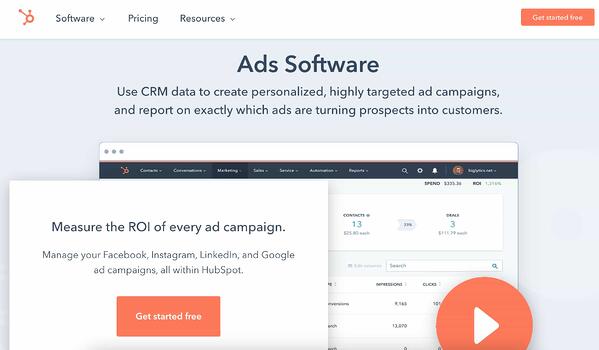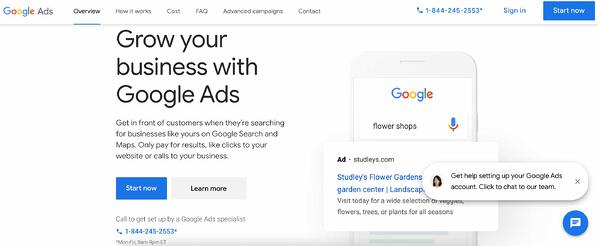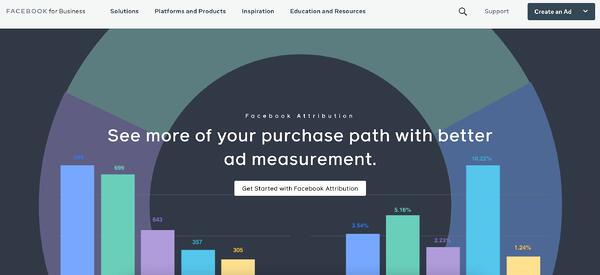For your team’s marketing efforts to be effective, you need to know which marketing channels and touchpoints are resonating with your audience most — you must understand which channels and touchpoints are so successful at whatever it is they do that they make leads want to convert.
Last click attribution can help you with this — it assists in identifying which marketing touchpoint prompted a conversion in the final part of the buyer’s journey.
Last Click Attribution Model
In this blog post, we’ll cover all things last click attribution including how it’s defined, what makes it unique, how your marketing team can use it, and more.
Pros and Cons of Last Click Attribution
Last click attribution is helpful if you want to know which of your marketing channels and touchpoints have the most influence in the final stage of the buyer’s journey.
While this is helpful information, it doesn’t account for the numerous other channels and touchpoints that impacted a customer from the very start of the buyer’s journey. This is important to note since there are a variety of touchpoints, across numerous channels, that impact a lead throughout the buyer’s journey — which is why most marketers today refrain from only using last click attribution. Rather, they’ll use multi-touch attribution or include last-click as part of their other marketing attribution efforts.
For instance, say a lead received an email from your email campaign, clicked through to your website, read a blog post, and then decided they wanted to buy your product. Well, last click attribution would only account for that last touchpoint — the blog post. Meanwhile, the other touchpoints throughout the buyer’s journey that contributed to this lead’s decision are dismissed.
That’s why multi-touch attribution has become such a popular attribution model among today’s marketers. Multi-touch attribution accounts for all of these touchpoints and channels and assigns them credit based on their influence.
In addition to last click and multi-touch attribution, you may have heard of first click attribution.
First Click vs. Last Click Attribution
FIrst click attribution differs from last click attribution because it assigns all of the credit for a conversion to the first touchpoint or channel (e.g. interaction on your website or with a marketing campaign) that a customer had before a conversion.
First click attribution is helpful if you want to know which of your marketing efforts are generating initial traffic in the awareness stage of the buyer’s journey.
Similar to last click attribution, this is a helpful attribution method on a small scale — combining it with other attribution methods is recommended in order to get a clear picture of your marketing attribution efforts.
Now, let’s talk about how your marketing team can use last click attribution.
How to Create a Last Click Attribution Report
If you choose to create a standalone last click attribution report, you’ll likely find yourself using an attribution tool.
If you already use an attribution tool, there’s a chance it has a specific report that focuses solely on the last click. There’s also a chance that it offers customizable attribution reports which would also allow you to create a last click report.
Either way, here are a few available options for your consideration as you look to create marketing attribution reports of your own.
1. HubSpot Ads Attribution

HubSpot Ads Software offers five attribution models — you can filter your ad campaigns by attribution report to determine how your ads influence contacts throughout buyer’s journey, all from within HubSpot.
If you create a custom multi-touch attribution report, you can hone in on last click/ last interaction data — you can also customize the group of contacts you want to report on, the status of your campaign (“active,” “paused,” or “deleted), and the date range.
2. Google Ads Attribution

Google Ads Attribution gives insight into cross-channel attribution so you have a solid understanding of how your Google Ads perform among your audience — this insight allows you to improve all marketing interactions and touchpoints throughout the buyer’s journey.
Google Ads offers six attribution models, one of which is last click — it gives all of the credit for a conversion to the last event/ last-clicked Google ad and its corresponding keyword.
3. Facebook Attribution

Facebook Attribution gives you a complete look at how prospects and customers are interacting with your business throughout the buyer’s journey via Facebook (including the final stage of the buyer’s journey, when the last click occurs).
Facebook manages giving all of the credit for a conversion to the last click for you — no impressions or earlier touchpoints are credited. If a click occurs within 60 seconds of a visit, Facebook will credit the click.
Get Started With Last Click Attribution
Last click is a great addition to your attribution strategy. By determining what the last customer touchpoint in the buyer’s journey is prior to a conversion, you’re able to understand which interactions and content are likely to heavily influence your customers.
![]()


